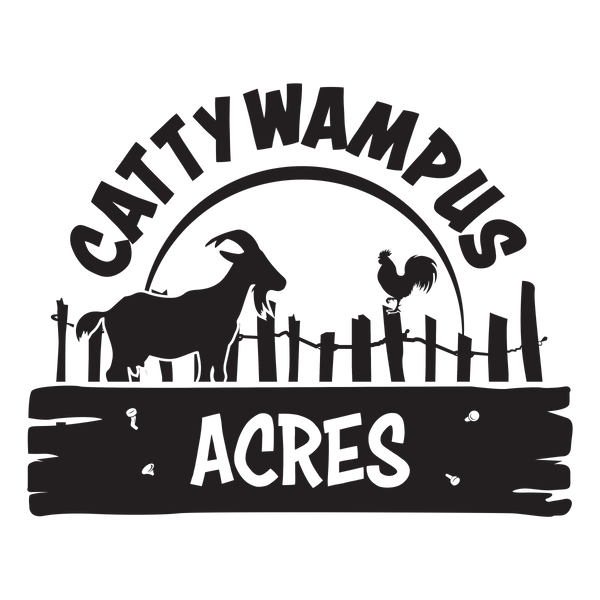
How Much Space Do Goats Need?
Whether you want to raise miniature or full size goats, the question always arises as far as how much space do they need. We get this question all the time and wanted to use this blog to try and answer this quite complex, loaded question. I’ll start by saying that there’s not a one-size-fits-all answer for everyone. Although some blogs may recommend a specific square footage per goat, we have found that the space requirements will depend on a variety of factors.
What Type of Goats Are You Raising?
The first thing to consider is what type of goats you’re going to be raising. Miniature goats obviously are much smaller than full-size breeds, but that doesn’t always mean they’ll require less space. Some of the popular miniature breeds include Nigerian Dwarf, Pygmy, Mini Manchas, and recently Mini Nubians. Miniature goats are small, compact and usually only a couple feet tall to the shoulders. When full grown, miniature goats usually weigh around 50 to 60 lbs. That’s about half the weight of a full size dairy goat.
LaMancha dairy goats are a full size breed that we really like for solid milk production. These goats can be much taller and weigh 130 to 140 lbs when full grown. We don’t currently raise meat goats, but they can be even larger than that! Full grown meat goats can be upwards of 300 lbs and 3.5’ tall or larger.
If you’re raising larger breeds, you’ll definitely need more space. The main thing to remember here is that you don’t want your goats stepping over one another. You want them to have room to walk and climb. If they’re constantly in each other’s way, that can be a big problem.
What Are The Goats Eating?
The diet for your goats will also largely determine how much space you need. If you want your goats to graze a lightly forested area, you are going to need much more space. If the grazing area is too small, they’ll eat it all too fast and will be hungry.
Our goats do some grazing, but they eat mostly hay as we discussed in this blog. Because they’re not completely reliant on grazing, we can keep them in a smaller space. We’ve found that our goats are much more healthy when they eat off the ground, so that’s why we feed them mostly hay and why we can get away with smaller paddocks.
What Are Your Goats Doing?
We have several different paddocks for our goats depending on whether they’re being milked, being bred, or just being goats. We currently have our LaMancha goats in an area with is about 50’ long and 40’ wide. Our Nigerian Dwarf goats are currently in an area that’s 100’ long and 50’ wide. We have more Nigerian Dwarf goats than we do LaManchas, so that’s why they’re given more space.
The girls that are in milk are kept in the paddock near the milk barn. This makes it easy for us and easy for them. You’ll also want to have some form of protective structure for the goats during storms. Our “goat barn” is 12’x8’ and provides plenty of shelter for all our goats.
You may also want couple smaller paddocks for breeding or for keeping goats that don’t get along with the other goats. We have one goat that doesn’t always enjoy being with the rest of the herd, so a smaller paddock on the opposite end of the property is a great place for her.
You’ll Need a Good Fence!
Goats are curious animals and very good climbers. You’ll need a sturdy fence regardless of the size of goats you’re raising. But if you’re raising full size breeds, you’ll probably need a taller fence than you will for miniature breeds.
We made the mistake of using wooden fence posts initially on our farm and are now having to replace them with metal t-posts. Those wooden posts will rot over time and create headaches for you and your goat herd. I’d highly recommend making the initial investment and going with metal t-posts and sturdy, quality fencing.
The Most Important Thing to Consider
The health of your goats should always be top priority. The functionality of your area and its ability to maintain a healthy herd will be significantly more important than some arbitrary square footage number needed per goat. Our methods are largely based on the recommendations from the vets in our area, which may differ based on your location and land. To see this blog in video format on our YouTube channel, click the play button below.
